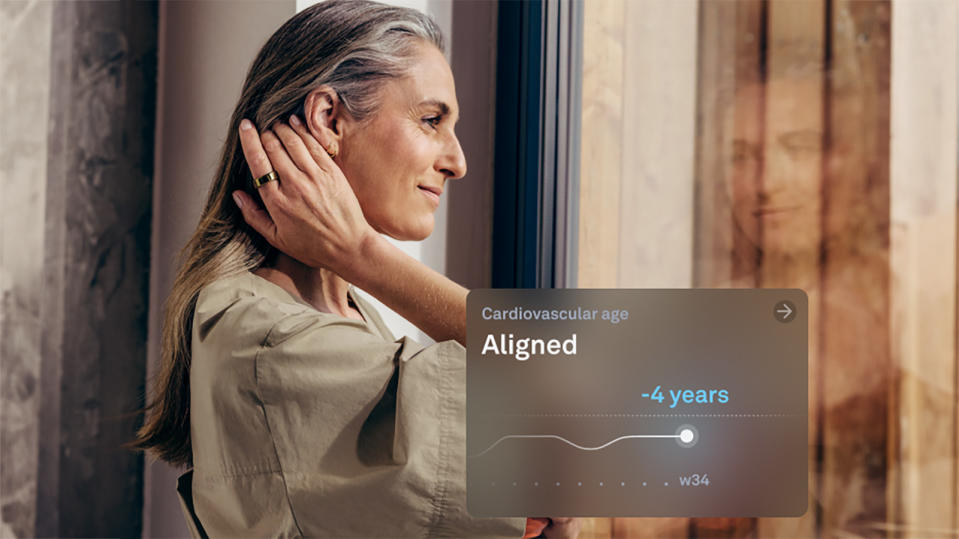Oura Ring looks even more appealing thanks to new feature upgrades

The leading smart ring manufacturer, Oura, is keen on staying in pole position in anticipation of big-ticket rivals entering the market soon, most notably the Samsung Galaxy Ring, which will launch later this year. To ensure its market position, the Finnish brand just announced two new features coming to the premier smart ring in late May.
The new features – Cardio Capacity and Cardiovascular Age – are hot on the heels of Ultrahuman's latest functionality update on its wearable and are said to provide information about VO2 max measurements and estimated arterial stiffness.
The Oura Ring Gen 3 is renowned for its sleep and female health-tracking capabilities, so it makes sense for the brand to bolster other areas, such as heart health.
VO2 max estimation is a common feature in most wearables and is a good way of measuring your aerobic capacity. Most running watches and triathlon wearables provide VO2 max numbers by default, and although they aren't based on clinical assessments, the numbers provided by wearables often align with those.
To get your VO2 max (Cardio Capacity) on the Oura Ring, you will be prompted to take a walking test to establish a baseline that is translated to cardio capacity. Walking tests work so-so on Polar watches, so it'll be interesting to see how Oura tackles the same metric.

We've seen arterial stiffness estimations in smartwatches and smart scales before, but this is the first time a smart ring provides this. Oura says this feature can help people understand their estimated cardiovascular age relative to their chronological age.
The smart ring gauges Cardiovascular Age by "analysing age-related observations within a photoplethysmograph (PPG) signal, which carries information about estimated arterial stiffness and pulse wave velocity (PWV)," the brand explains.
It takes 14 days to set a baseline, but once it's dialled in, you will see a Cardiovascular Age metric that indicates if they are trending below, above, or in alignment (within 5 years) of their chronological age.
Both features will start rolling out at the end of May 2024 to all Oura Members. For more information, visit Oura today.

